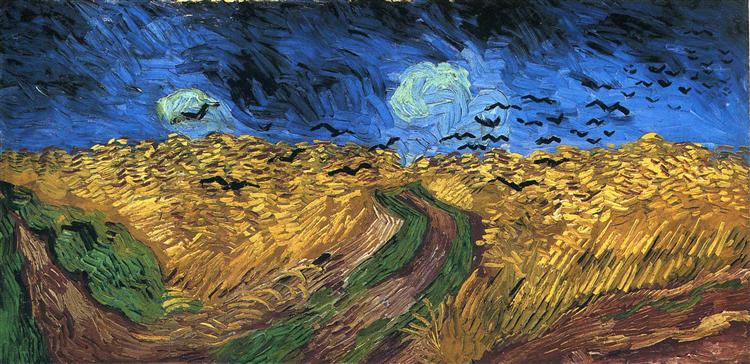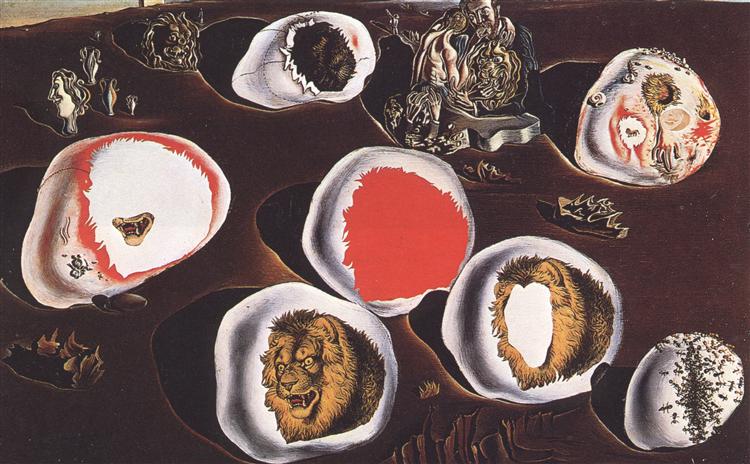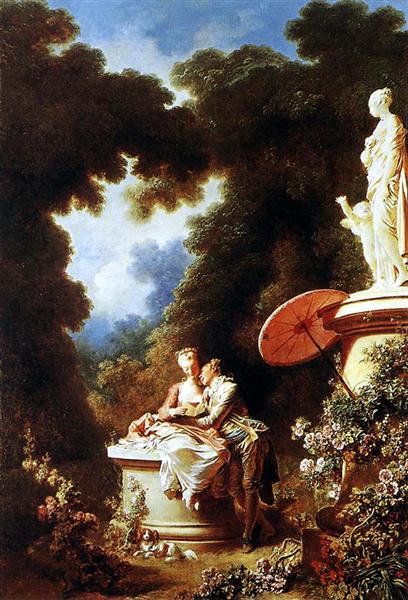Balthasar Klossowski, later called Balthus, is a Polish-French modern artist whose work has been greatly criticized as being alluring and disturbing especially those featuring adolescents. Such criticism later made Balthus feel defensive and detached. He always preferred that people look at his art rather than to speak or write about it. He always refused to acknowledge the imposition of eroticism in his work and said that the impure thoughts and emotions that arise when viewing his paintings come from the viewer themselves. Balthus is known to enjoy shaking up his viewers conscience.
Therese Blanchard is a young girl who Balthus would paint at least 10 portraits of, more than any of his other models. Balthus met her in Paris when she was eleven. They shared a neighborhood and perhaps ran into each other in the street or in a shop. At this time Balthus was painting commissioned portraits which he hated doing but had to for money. Since Balthus has always felt a great deal of kinship with children, he was drawn to Therese’s innocent youth. Balthus usually paints her alone in portraits or genre paintings sometimes featuring her brother. This exhibit includes painting of Therese only in order of which they were painted. As the paintings progress Therese ages as well as the somber tone in which Balthus paints her. He creates intimacy between the viewer and the Therese through perspective, colors, and composition.
Balthus, Therese, 1936, Oil on Canvas, 23 ⅝ x 19 5/16 in., Private Collection
Balthus, Therese with Cat, 1937, Oil on Cardboard, 34 ½ x 30 ½ in., The Art Institute of Chicago, Lindy and Edwin Bergman Collection (1991.595)
Balthus, Therese Dreaming, 1938, Oil on Canvas, 59 x 51 in, The Metropolitan Museum of Art (1999.363.2)
Therese Dreaming was painted the following year and is a genre painting very much like the last one. The painting gives us a glimpse into a room covered in dark striped wallpaper, occupied by Therese lounging on the same wooden bench with a now white cat drinking from a bowl of milk on the floor at her feet. Therese stretches her arms above her head. Her eyes are closed with her face in profile perhaps day dreaming. The cats eyes are closed matching Therese’s expression creating a tone of intimacy. One of her legs rests on the wooden bench with her other one the floor in such a way that again exposes her underwear. The perspective is higher now putting Therese center right. Therese’s skirt is now red rather than green making her white slip and underwear more alluring. But if Therese is dreaming, should we even be looking at her underwear when she is so unaware?
Balthus, Therese, Oil on Cardboard, 21 11/16 x 18 3/16 in., Private Collection
Here is a portrait of Therese done in the same year as the last painting. With a glum look on her face Therese’s dark eyes gaze out at the viewer for the first time. Her face seems to have matured a bit and she appears impatient and annoyed as she looks out. Her face now has a grey tone mixed in with the light neutral from before making her appear more gloomy. Her yellow off the shoulder shirt draws us in to her young innocence is done in brisk brush strokes. Why does a child so young looks so glum? The perspective is closer than the portrait seen earlier, drawing us into intimacy with a glum Therese.
Balthus, Therese on a Bench Seat, 1939, Oil on Canvas, 27 ⅞ x 36 in., Dorothy R. and Richard E. Sherwood Family Collection
Balthus, The Victim, 1939-46, Oil on Canvas, 52 x 85 ⅞ in. Private Collection














